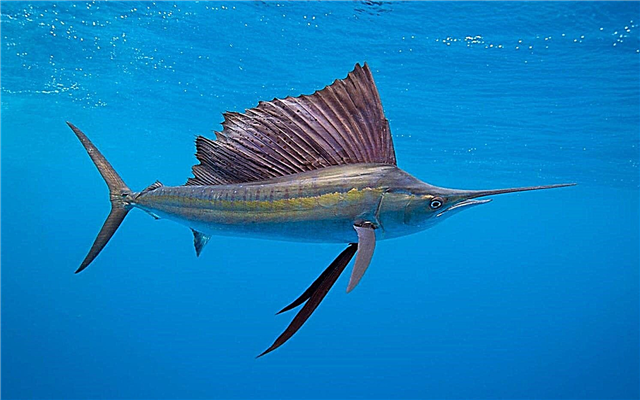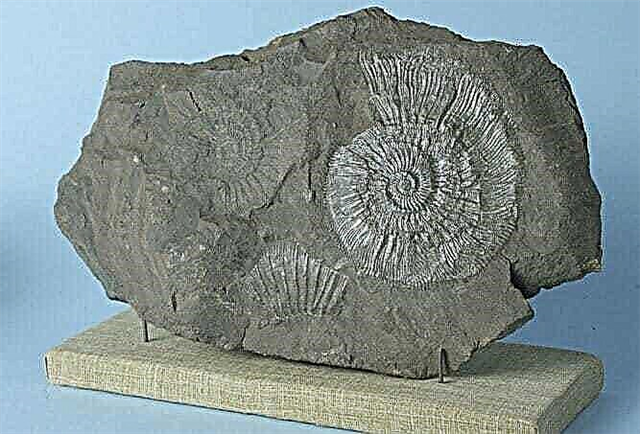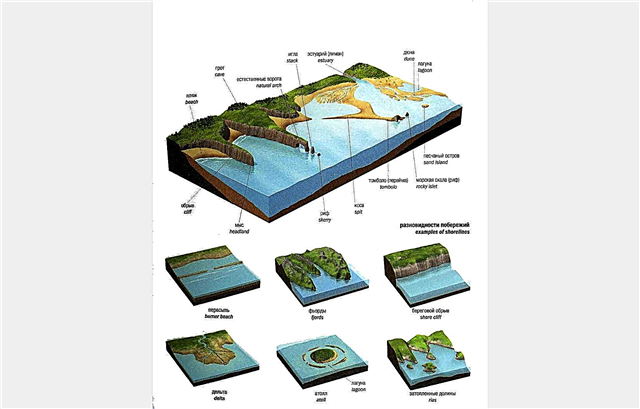
Water often behaves completely unusual, not at all like the vast majority of other substances. By all laws of physics, a substance in a solid state of aggregation should be heavier than a liquid analog, and therefore, ice should have been at the bottom.
But nevertheless, it floats on top, and the water under it remains not only liquid, but also suitable for the wintering of living beings. If everything was different, and ice would accumulate at the bottom, preserving life in water would be impossible. After all, then the ponds would freeze completely every winter. What provides protection to ponds, and why does the water remain unfrozen?
Why is ice not sinking?

The buoyancy of ice is ensured by the fact that when freezing, its density becomes less than that of the surrounding water. It acquires a crystal lattice, and it is often enriched with air bubbles, which give it an additional margin of buoyancy. A cover forms from the edge of the reservoirs, gradually rushing towards the center. The initial thickness and strength of the ice is small, but they can quickly increase in cold weather.
Interesting fact: the strongest ice that you can safely walk on has a bluish or greenish tint. If the ice is white, it is half as durable, and if gray, it is not worth stepping on it at all. If you throw a piece of ice into the water, then first it goes to the bottom. However, in the future it will melt a little, the water around it will thicken, and it will float.
Why does only the top of the pond freeze?

In theory, any body of water can freeze, turning to ice to the very bottom. In practice, a small lake with a maximum depth of 3 meters does not freeze to the bottom even in the harsh Russian winter, not to mention other bodies of water. This is precisely because of the ice, which can provide significant protection against hypothermia. To understand the nuances, it is necessary to consider how the process of cooling water occurs.
When the water masses reach a mark of +4 degrees, an intensive process of moving the layers in the reservoir begins. Cold layers begin to rise, because their density, taking into account the specifics of water, is the lowest. Warm masses accumulate at the bottom of the reservoir. In the upper cold layers, the process of ice formation begins, which gradually covers and covers the entire surface. After this, the cooling of the water practically stops.
Water under the ice can no longer be mixed by the wind, all layers remain intact - especially in still or slowly flowing waters. Low thermal conductivity of ice creates a kind of pillow that protects against further cooling of the reservoir. However, the thermal conductivity of water is also low.
Water masses remain literally mothballed under an ice shell until the warm period, and all underwater inhabitants can winter without any problems. The only difficult moment for them is oxygen deficiency, because ice separates the water surface from the air and prevents its saturation with this vital substance.That is why fish in the winter sometimes beat to drilled holes or other holes in the ice - they are just stuffy.
Interesting fact: Due to the unique properties of ice and water, lakes even exist in Antarctica. So, one of them, Vostok, is located under an ice layer 4 km thick. At the moment, it is not clear whether any living creatures live in it.
Some species of animals hibernate directly in the ice of their native lakes - such are frogs, newts, for example. The physiological features allow them to freeze the bodies without risk to life, and later, after thawing in the spring, they can live again as before. Natural antifreezes in the cells exclude the formation of an acute ice crystal in each of them upon freezing, and it is this crystal that destroys a living cell, leading to its death and the inability to thaw in its previous form. Amphibians are not afraid of frost and freezing in ice.
Thus, ice formed on the upper edge of the reservoir protects it from further freezing due to its low thermal conductivity. Theoretically, even oceans can freeze to the bottom, however, the temperatures for this should be very low. In practice, only puddles and very shallow water bodies completely freeze out, and in addition, shallow ponds and lakes can completely freeze during very severe winters. Under ordinary conditions, water with a small plus temperature indicator is always stored under a layer of ice.












